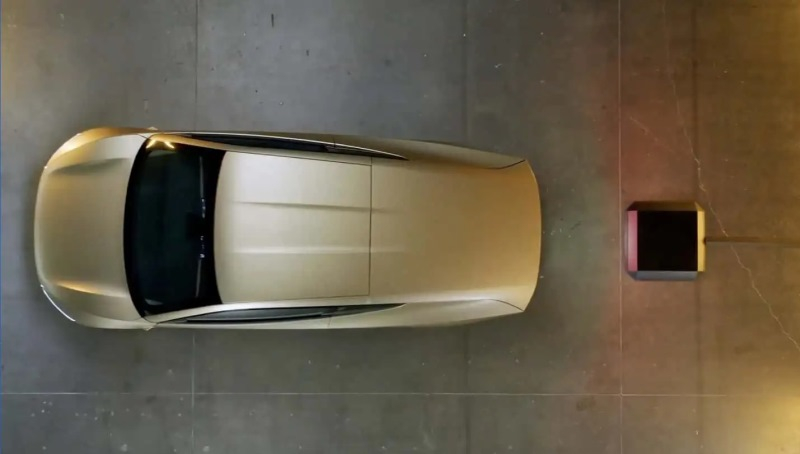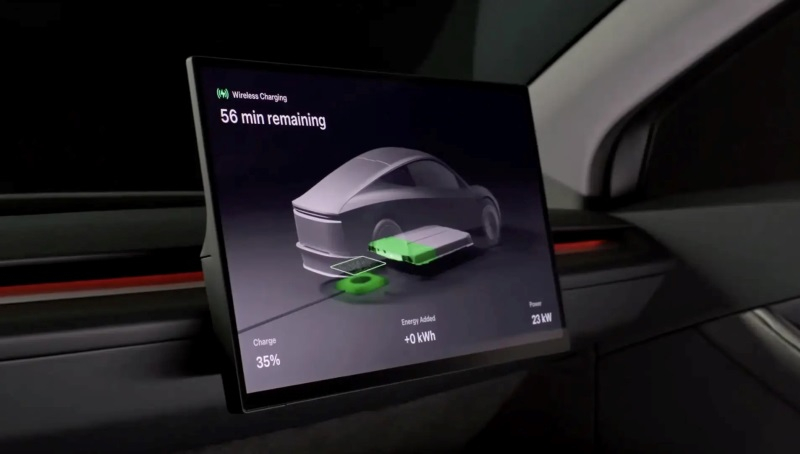Earlier this month, Tesla showed off a prototype of its new electric autonomous taxi, the Cybercab, which does not have a traditional steering wheel or pedals. Even then, Tesla CEO Elon Musk made it clear that the car did not have a connector for a wired connection to a charging station. Instead, Cybercab includes support for inductive wireless charging. Now, thanks to a short video that appeared on Tesla’s social network X account, more has become known about how it works.

Image source: Tesla/X
The charger appears to be located in the rear of the car, under the trunk and presumably near the rear axle. There is a square device installed on the ground, which, in fact, is not much different from a wireless charger for smartphones. Once the charger is under the car, the charging process begins, the power of which gradually increases to 25 kW.
Of course, as with any Tesla tech demo, it’s never entirely clear what is a functional prototype and what is simply a proof of concept that the company is working to implement. It is unclear whether any part of the vehicle’s charger should be in contact with the station while replenishing energy. Since Tesla does not have a press office, it is obvious that this issue is unlikely to be clarified anytime soon.

However, if Tesla was able to implement 25 kW wireless charging, then this looks very impressive, since with this approach the energy losses are always greater than with a wired connection. However, there are no details about the current strength of the charger itself at the moment.
Interestingly, the video published by Tesla may give some idea of what kind of battery pack the developers equipped the Cybercab with, and within what radius wireless charging is effective. The video shows that the car began charging when the battery charge level was 35%. The charging power gradually increased and quickly reached 25 kW. At the same time, it was written on the display of the electric vehicle that the energy replenishment process would be completed in 56 minutes. Assuming that Cybercab’s target battery capacity is 100%, the calculation results in a battery capacity of 35 kWh. This doesn’t sound huge, but such a battery should be enough to make short trips in a fully autonomous robotaxi, the logistics of which will be controlled by a computer.